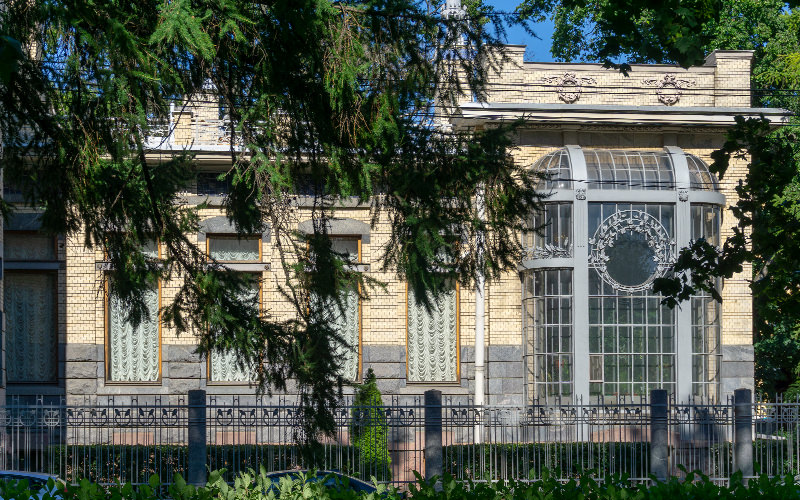On the shore of the former Aral Sea, in the western part of Uzbekistan, lies an unusual attraction — a ship graveyard right in the middle of the desert. I've already written about how we got here. Today, I want to tell you about the tragedy that led to the emergence of this tourist site.
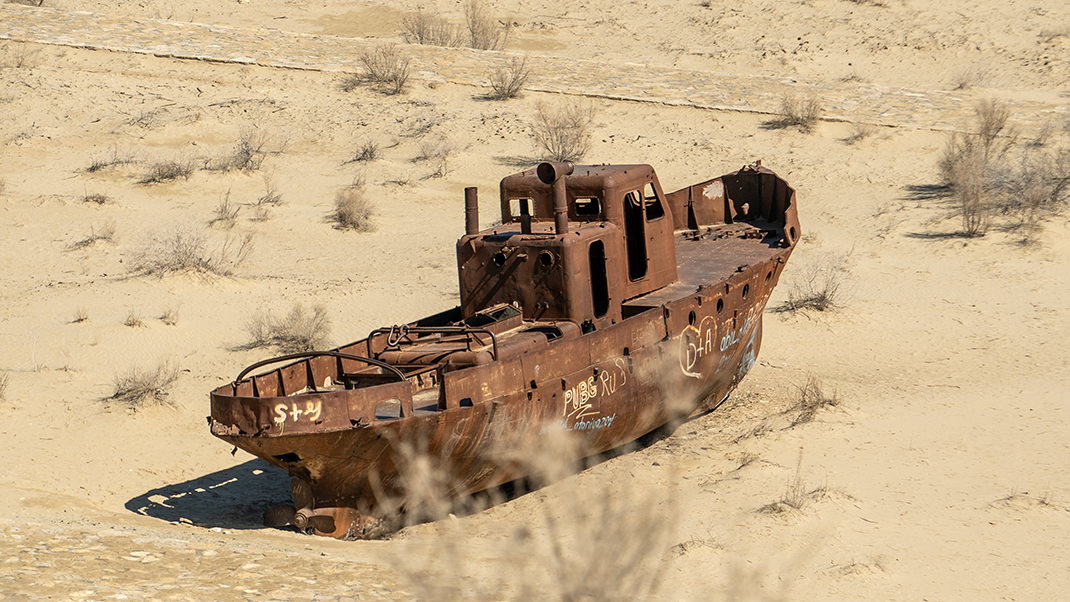
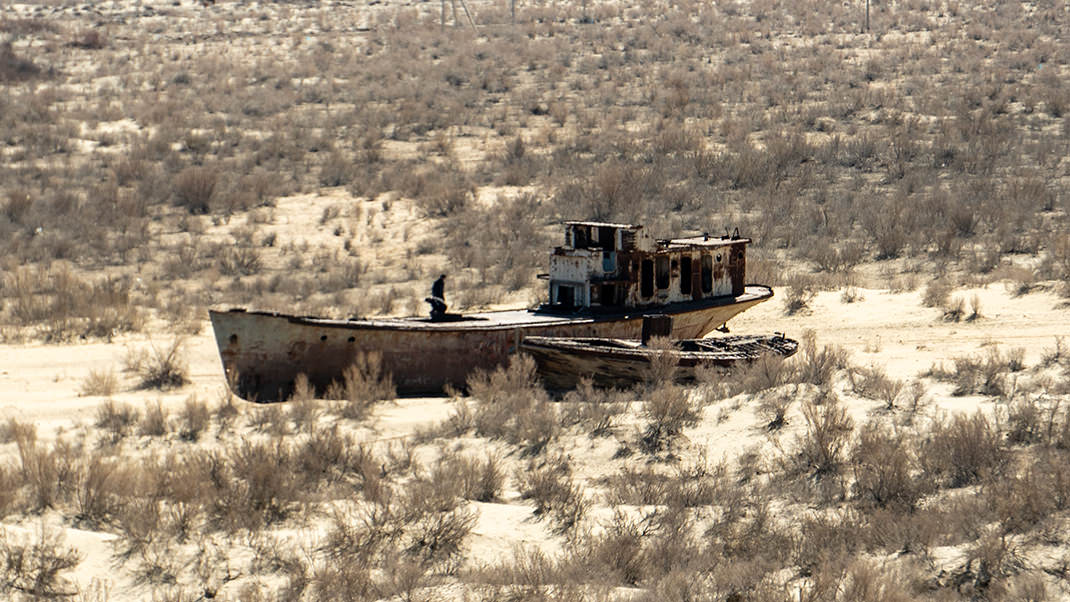
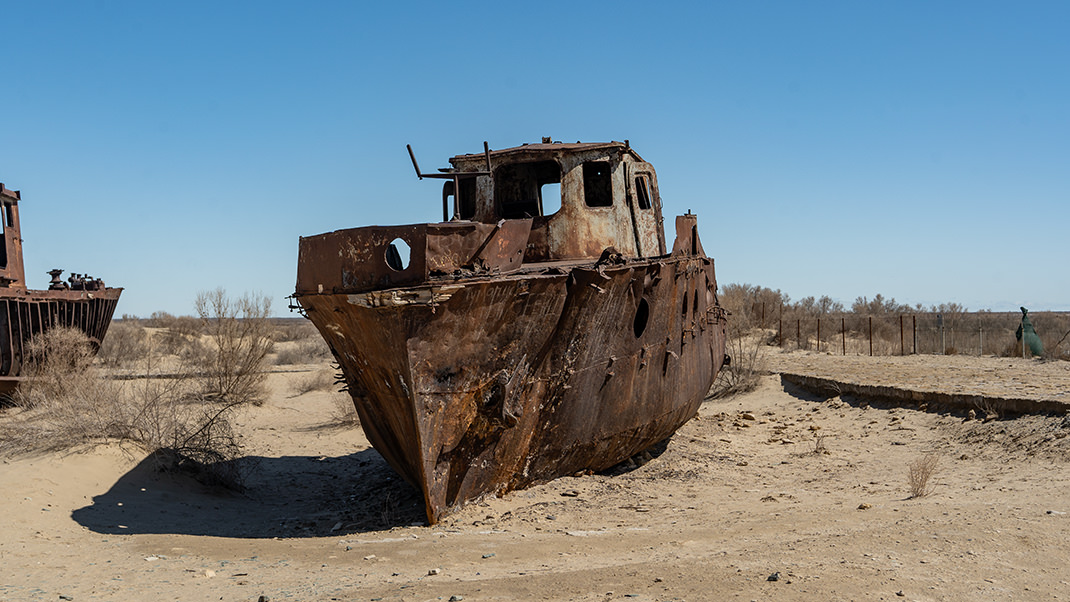
"The Ships of the Desert"
The ship graveyard is a section along the coast of the former Aral Sea, which has turned into a desert area. On a hill stands a small museum and a café with a lighthouse. Below — probably where the water used to be — directly on the sand, there are 12 rusted ships.
A small ladder is attached to one of the ships, allowing visitors to climb up. But safety should not be forgotten.



The Aral Sea: History of Disappearance
Historical maps of the region show that until the 1980s, Moynaq was located right on the southern shore of the Aral Sea. It is written online that in the past, one of the largest fish processing plants in the entire USSR was located here.
In the past, the area of the Aral Sea reached 66 thousand square kilometers. The depth of the reservoir reached 69 meters, and about 25 thousand tons of fish were caught here.

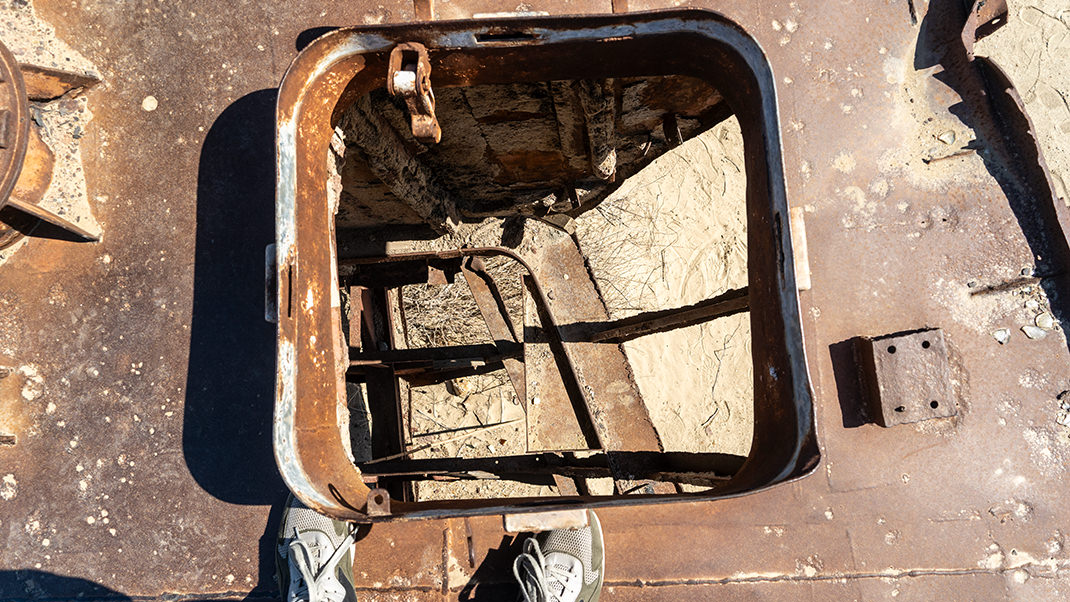
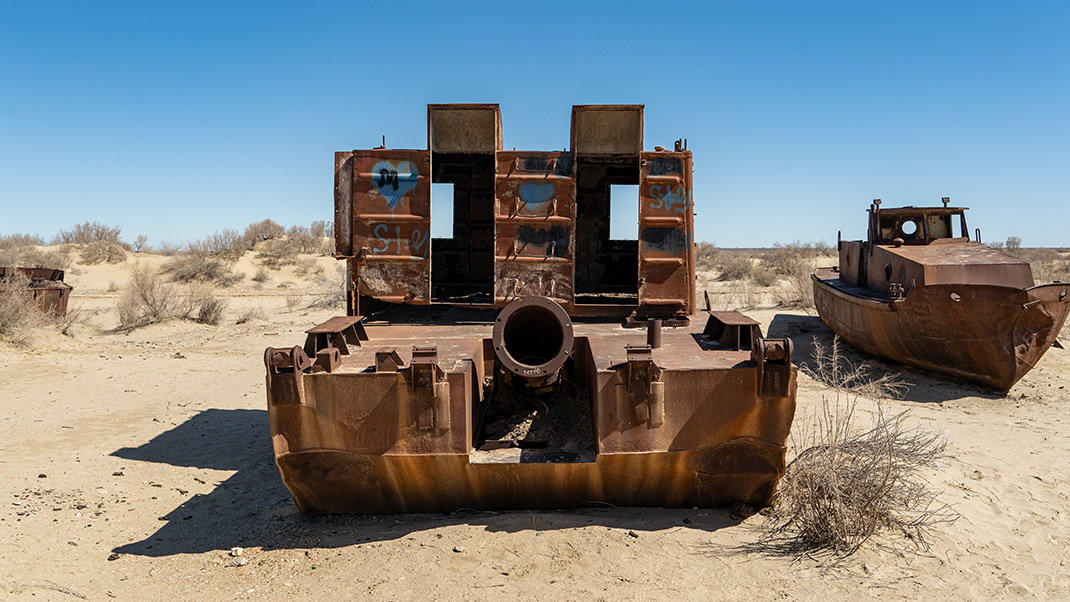
Everything changed in the early 1960s: with the aim of irrigating the land, the water intake from the rivers feeding the Aral Sea was significantly increased, and the huge reservoir quickly began to change its boundaries. By the late 1970s, maritime navigation ceased here, and since 1984, the sea has lost its industrial significance. By the beginning of the 21st century, the fish here had almost completely disappeared.
The Aral Sea is landlocked; it is considered to have both marine and lake characteristics; it was called one of the largest lakes in the world.
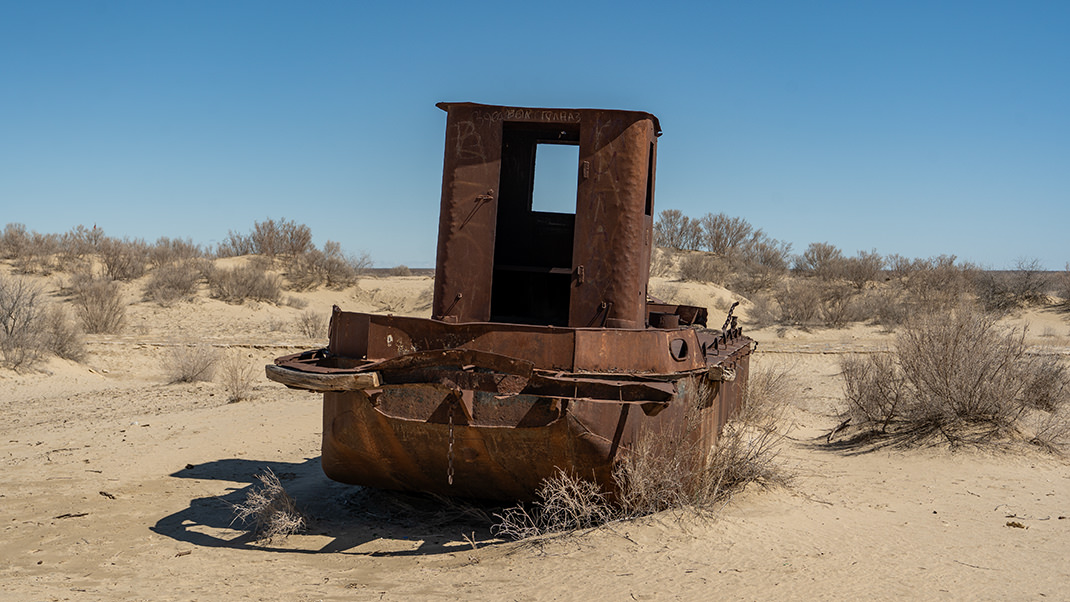
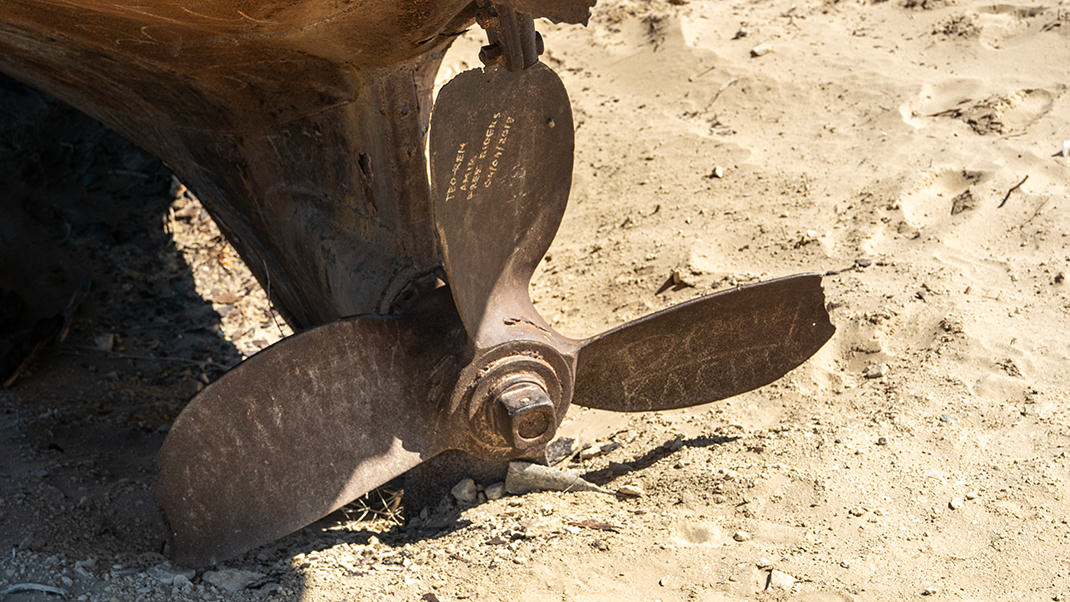

By the end of the 1980s, the reservoir had split into two separate parts, and by 2010, the area of the Aral Sea had decreased to 12 thousand square kilometers. On the internet, you can find images showing the progress of the sea's shallowing over the decades.
Scenes from the famous Soviet film "The Needle" were filmed on the dried-up parts of the Aral Sea. This film was the box office leader in 1988. In one of the episodes, the main character says she will go to the sea. It was easier to do then, but now the water has receded from its former borders by tens of kilometers.


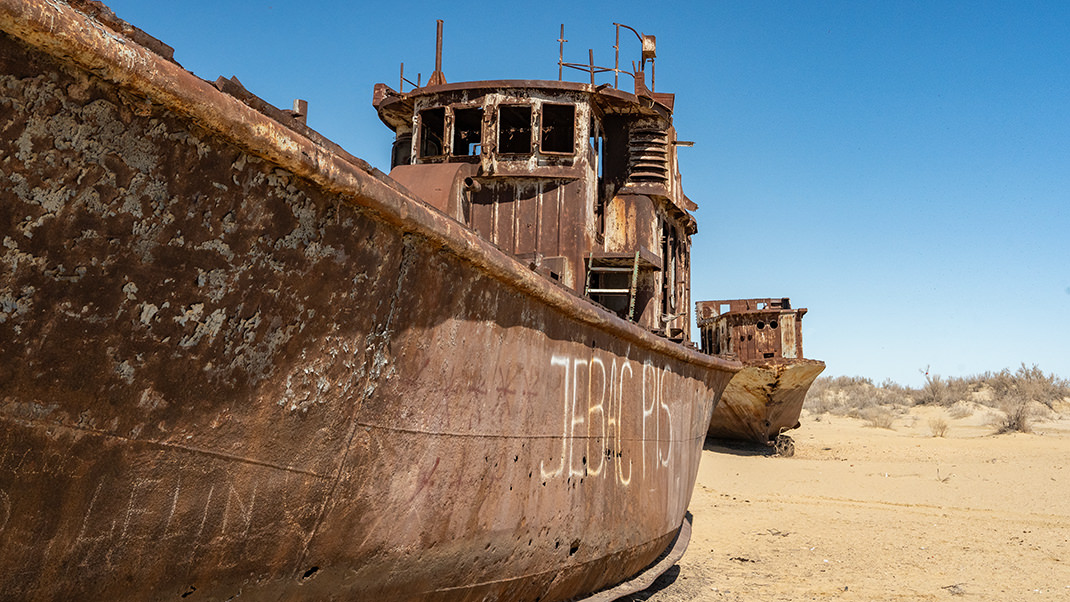
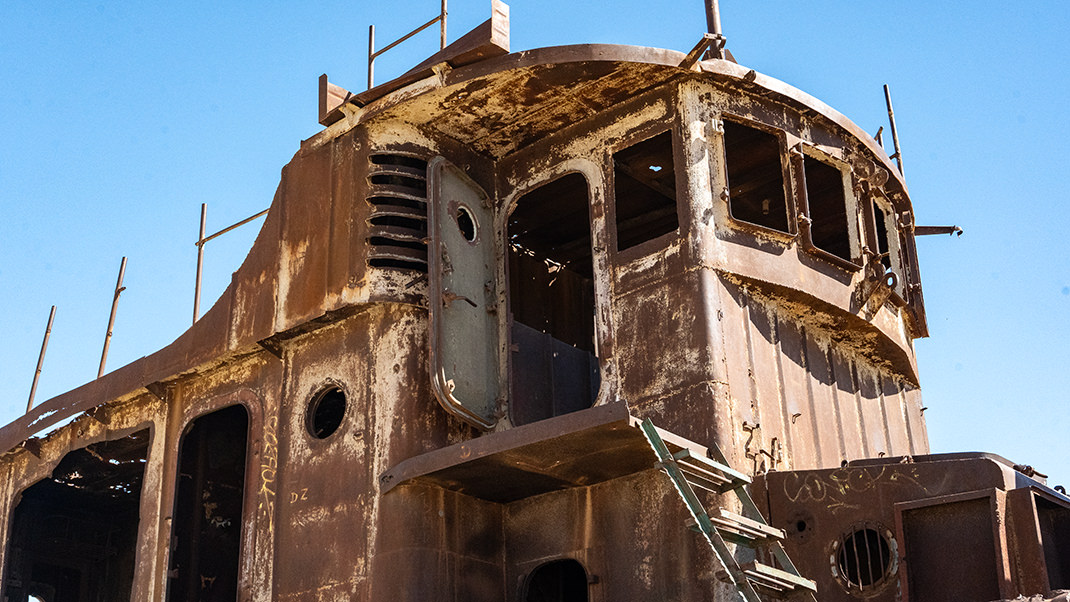
With this, I conclude my story about the trip to the Moynaq ship graveyard. Thank you for your interest in the article. You can find even more information about the sights of Uzbekistan in a collection on my website.
Have a nice trip!



